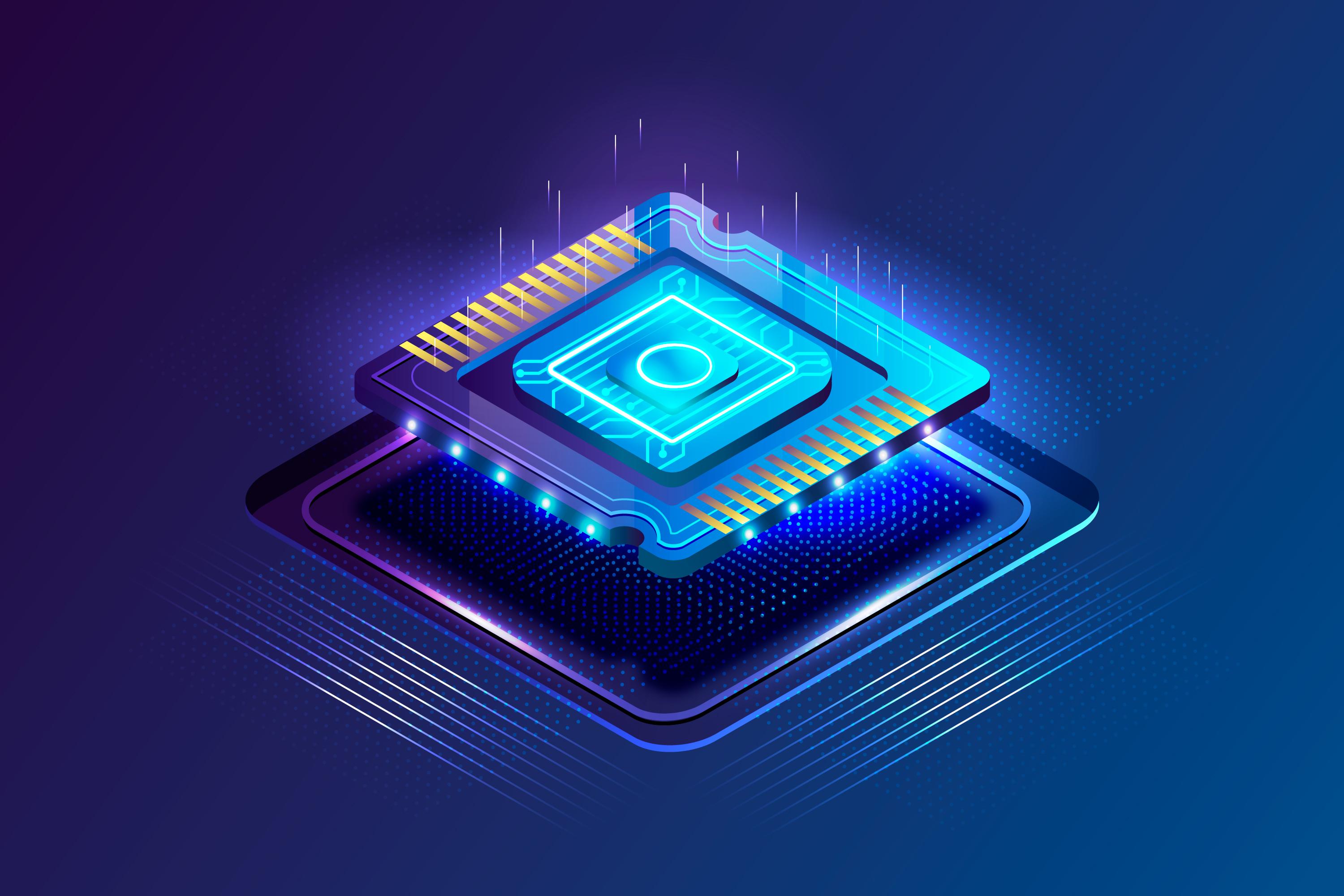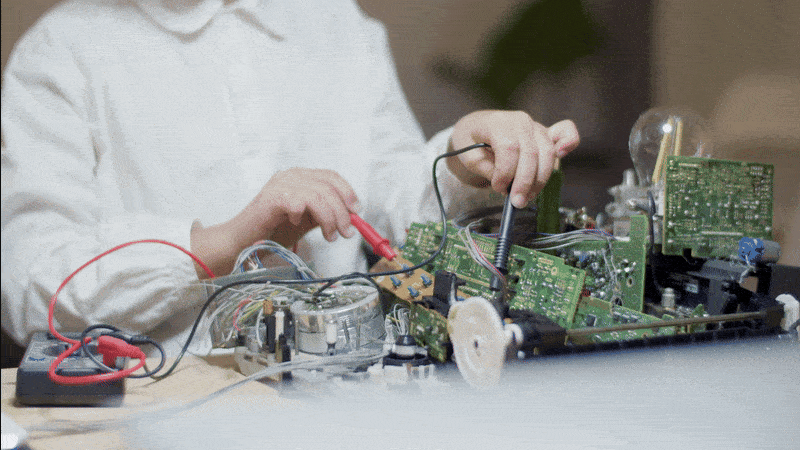When planning your career in the semiconductor or electronics industry, one of the most important decisions you’ll face is choosing the right physical design program. Physical design plays a pivotal role in VLSI (Very Large Scale Integration) design, as it involves converting a circuit’s logical design into its physical layout. Gaining a thorough understanding of physical design processes and tools can have a significant impact on your career path.
If you are considering advancing your skills in physical design, it's important to select the best physical design course for career goals that will provide you with the knowledge, skills, and hands-on experience necessary to succeed in this competitive field. But how do you choose the right career-focused physical design course? Below, we’ll explore the factors to consider when selecting the ideal physical design program and how to make the best choice for your long-term career aspirations.
Choosing the Right Physical Design Course: Key Factors to Accelerate Your Career in VLSI
Understand the Scope of Physical Design
Before diving into course selection, it's essential to understand what physical design in VLSI entails. Physical design includes several stages, such as placement, routing, clock tree synthesis, power optimization, and signal integrity analysis. It bridges the gap between circuit design and the final chip layout, ensuring that the design can be successfully manufactured.
The key areas of focus in a physical design course typically include:
- Placement: Organizing the components of the design on a chip.
- Routing: Connecting the components through metal layers.
- Power optimization: Minimizing power consumption while maintaining performance.
- Signal integrity and timing analysis: Ensuring reliable communication between components without delays or noise.
- Design rule checking (DRC): Ensuring that the physical design meets the manufacturing specifications.
A comprehensive physical design course will cover these topics in depth and give you the expertise needed to tackle real-world projects.
Align the Course with Your Career Goals
When considering which career-focused physical design course to enroll in, the first step is to align the course content with your career goals. Physical design is a specialized field, and there are various career paths you can pursue within it, such as:
- Physical Design Engineer: Working on the detailed layout of circuits and components.
- Placement and Routing Engineer: Specializing in the placement and routing of designs.
- Design Automation Engineer: Focusing on automating various aspects of the physical design process.
- Timing and Power Engineer: Concentrating on optimizing timing and power consumption in chip designs.
If your goal is to become a Physical Design Engineer, look for a course that offers a deep dive into all stages of the physical design process, with plenty of hands-on training. For those aiming to specialize in timing analysis or power optimization, it may be more beneficial to focus on courses that offer these subjects in detail.
Look for Industry-Relevant Content
To select the best physical design course for career goals, it’s essential to ensure that the course content is industry-relevant. Technology in the semiconductor industry evolves rapidly, and it’s crucial that the course reflects the latest industry standards, tools, and methodologies.
Some questions to ask when evaluating a course’s relevance include:
- Does the course cover modern physical design tools like Cadence, Synopsys, and Mentor Graphics?
- Are the instructors experienced professionals with current industry expertise?
- Does the course teach design best practices based on real-world projects?
- Does the program emphasize problem-solving and practical applications?
Choosing a course that mirrors industry standards will give you a competitive edge in the job market and help you build a portfolio of practical experience to show potential employers.
Check the Course Format and Delivery Method
Physical design courses come in various formats, from online programs to in-person classes. Deciding which format best suits your learning style and career goals is a crucial step in choosing the right program. Consider the following:
- Online Courses: Flexible, often self-paced programs that can fit around your current job or educational commitments. These courses are typically ideal for individuals who need flexibility.
- In-Person Classes: Offers direct interaction with instructors and fellow students, which can be beneficial for networking and getting real-time feedback. It’s suitable for people who thrive in a structured environment and prefer face-to-face learning.
- Hybrid Programs: A mix of online and in-person learning, providing flexibility while still offering the benefits of instructor-led sessions.
Choose the delivery method that fits your schedule, learning style, and level of commitment. For example, if you’re working full-time, an online course might be the best option for you.
Investigate the Instructor’s Credentials
The quality of a course is heavily influenced by the qualifications and experience of its instructors. In physical design, where advanced concepts and specialized tools are involved, it is important to learn from experts in the field. Investigate the following:
- Academic Qualifications: Instructors should have advanced degrees (Master’s or PhD) in Electrical Engineering, Electronics, or related fields.
- Industry Experience: Look for instructors who have worked in physical design roles at leading semiconductor companies.
- Teaching Experience: Find instructors who have a track record of effectively teaching complex subjects and who can provide real-world insights into physical design challenges.
When instructors have both academic qualifications and hands-on industry experience, it ensures that the course is well-rounded and reflects current trends in the semiconductor industry.
Look for Practical Experience and Hands-On Training
Physical design is a highly practical discipline. To gain the necessary experience, look for courses that offer hands-on training with industry-standard design tools and software. This practical exposure is essential for mastering physical design concepts and applying them to real-world scenarios.
- Labs and Projects: The course should provide opportunities to work on physical design projects using the tools and techniques commonly used in the industry.
- Internships and Industry Collaboration: Some programs offer internships or opportunities to work directly with semiconductor companies. These can provide invaluable experience and networking opportunities.
The more hands-on experience a course offers, the better prepared you will be to handle the challenges of physical design engineering in your career.
Consider Certification and Career Support
While physical design courses offer great learning opportunities, it’s also important to consider whether the course offers a recognized certification upon completion. A certification from a reputable institution or organization can enhance your resume and show employers that you have specialized knowledge in physical design.
Additionally, many courses provide career support services such as:
- Job Placement Assistance: Helping graduates connect with potential employers in the semiconductor industry.
- Networking Opportunities: Access to industry events, conferences, or alumni networks.
- Interview Preparation: Assistance with resume building, interview practice, and career coaching.
These services can be crucial in helping you transition from education to employment and accelerate your career in physical design.
Evaluate the Cost and Return on Investment (ROI)
Lastly, it’s important to consider the cost of the course in relation to the potential return on investment. While a top-tier course may come with a higher price tag, it could offer better job prospects, higher earning potential, and a stronger network. Weigh the cost of the course against the long-term career benefits it offers.
Consider applying for scholarships or looking into financing options if the cost is a concern. You may also want to research if the course offers any money-back guarantees or flexible payment plans.
Conclusion
Choosing the right physical design course is an important step toward achieving your career goals in the semiconductor industry. Whether you are looking to become a physical design engineer, specialize in timing analysis, or work with the latest design tools, a career-focused physical design course can help set you on the path to success. By aligning your course choice with your career aspirations, ensuring industry relevance, evaluating instructor qualifications, and considering practical experience, you’ll be equipped to choose the best physical design course for career goals and take your professional growth to the next level.
Remember, your investment in education today is an investment in your future career. Take the time to carefully evaluate the available options and choose a program that will empower you to thrive in the fast-paced world of VLSI physical design.

Clock Gating vs Power Gating: Implementation, RTL Flow & Verification Guide
Learn how to implement clock gating and power gating with RTL design steps, backend changes, UPF flow, and a full verification checklist for efficient low-power VLSI design.
_11zon.jpg)
What to Do After Engineering? Why VLSIFIRST Leads Chip Design Careers
Discover why VLSIFIRST is becoming the top choice for engineering graduates pursuing VLSI and semiconductor careers. Explore job roles, growth, and industry-ready training benefits.

VLSI Career Roadmap for Engineering Graduates: Step-by-Step Guide
A complete VLSI career roadmap for engineering graduates. Learn skills, domains, tools, and steps to become a successful semiconductor engineer in the chip design industry.

Top VLSI Career Paths for 2026 Graduates and Best Semiconductor Companies in India
Explore the top VLSI career options for 2026 engineering graduates and discover India’s best semiconductor companies for high-paying jobs. Learn about roles, skills, and top recruites

Why VLSI Engineers Must Care About Side-Channel Attacks, Secure Design, Verification, and Hardware Mitigation
Learn why VLSI engineers must prioritize side-channel attacks, secure design, verification, and mitigation to build trustworthy, resilient, and future-ready hardware systems.
Understanding RTL Coding Techniques For Efficient VLSI Design, VLSI Project Ideas For Practical Experience, Industry Protocols For VLSI Signal Processing And Multimedia Applications, Explaining Career Gaps In Interviews, Does ECE Have Scope In Future, Top Companies For Physical Design Engineer Jobs, Physical Design Course Helps Transition High Paying Job, Semiconductor Jobs Abroad, VLSI RTL Design and Verification Online Training in Ahmedabad, Best RTL Design Companies In Chennai, Steps To Become A Professional RTL Design Engineer, Choose The Right Job Oriented Training Course, Best Branch In Engineering In Future
Hours
Copyright 2025 © VLSI Technologies Private Limited
Designed and developed by KandraDigitalCopyright 2025 © VLSI Technologies Private Limited
Designed, Developed & Marketing by KandraDigital
